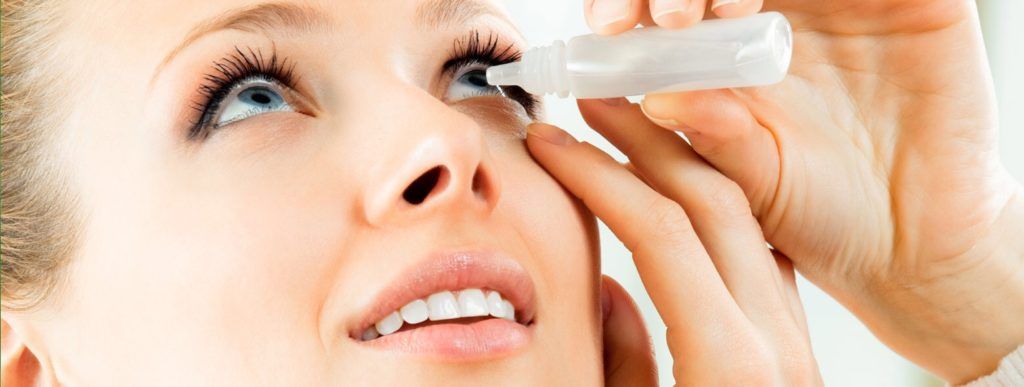Have you ever felt like there’s something in your eye that just won’t go away? The irritation can cause redness, itching, and watering, not to mention pain and overall discomfort. Eye irrigation is often a quick and effective solution to removing any debris from the eye that could be causing these issues. It can be used to solve burning, stinging, and overall irritation.
Due to the intense sensitivity of the eyes, this is not a procedure you do yourself. If performed at home this procedure could even introduce bacteria into your eyes and cause an infection that needs even further medical intervention.
Prior to Irrigation
Prior to irrigating your eye, the physician will examine your eyes and determine if irrigation will work. With clean hands, he or she will use a flashlight to look into your eyes, ask you to look in all directions, and will inspect for whatever might be causing the discomfort.
Irrigating
Once the physician has determined to irrigate your eyes, he or she will have their medical assistant or nurse gather the necessary supplies for treatment. This includes tubing to direct the solution into your eyes, a syringe, an IV bag with a tube, a towel, a catch basin, and a light to direct overhead.
You’ll be asked to lay flat and turn your head to the side to be irrigated so any liquid can fall into the catch bin. If the doctor determines that sitting up is a better position, you’ll sit with your head slightly tilted back and supported. A towel is usually placed over your chest to protect you from any splashing water.
After gathering supplies the physician will use clean, gloved hands to open your eyes and begin to flush them with a sterile saline solution. After a few seconds, the physician will dry around your eye and ask you to blink to assess if the irrigation was successful. If it was successful, the physician will stop. If not, they’ll continue irrigating.
After Irrigation
After irrigating your eye the doctor might send you home with an eye patch to allow your eye to rest, along with topical ointment to accelerate healing. The eye heals very quickly, and often time a night or two of rest after irrigation will have your feeling as good as new. If you’re experiencing intense pain even after irrigation, your physician might prescribe pain medications to help ease your pain. Ultimately, rest is the best solution to recovering from eye irrigation.
If you’re experiencing discomfort in your eyes and believe irrigation might help, contact us. Our trained team of physicians, nurse practitioners, and physician assistants can help diagnose any issues and bring relief to the pain and eye irritation you’re experiencing through the use of eye irrigation. They do all of this with compassion, care, and patience.

